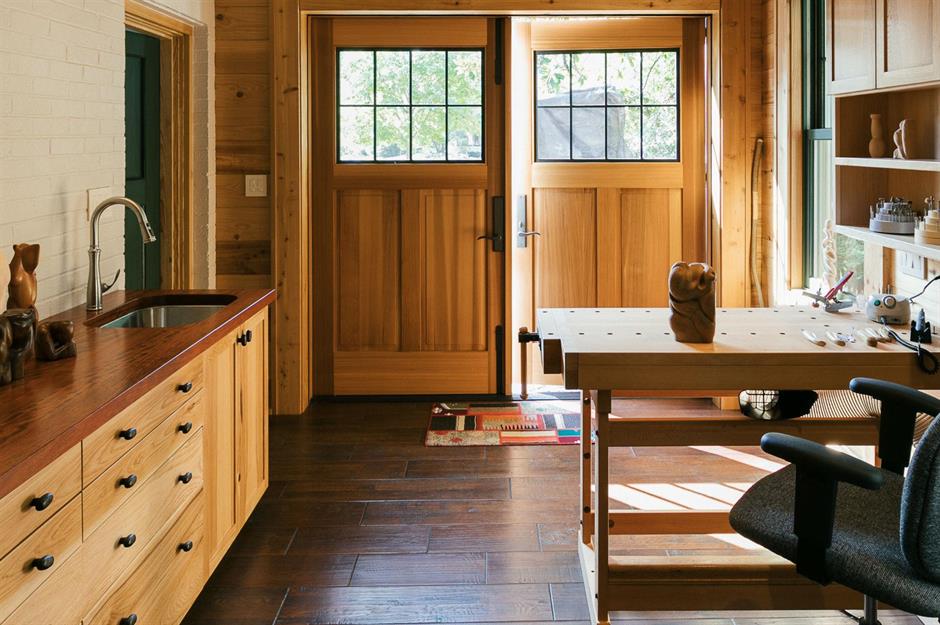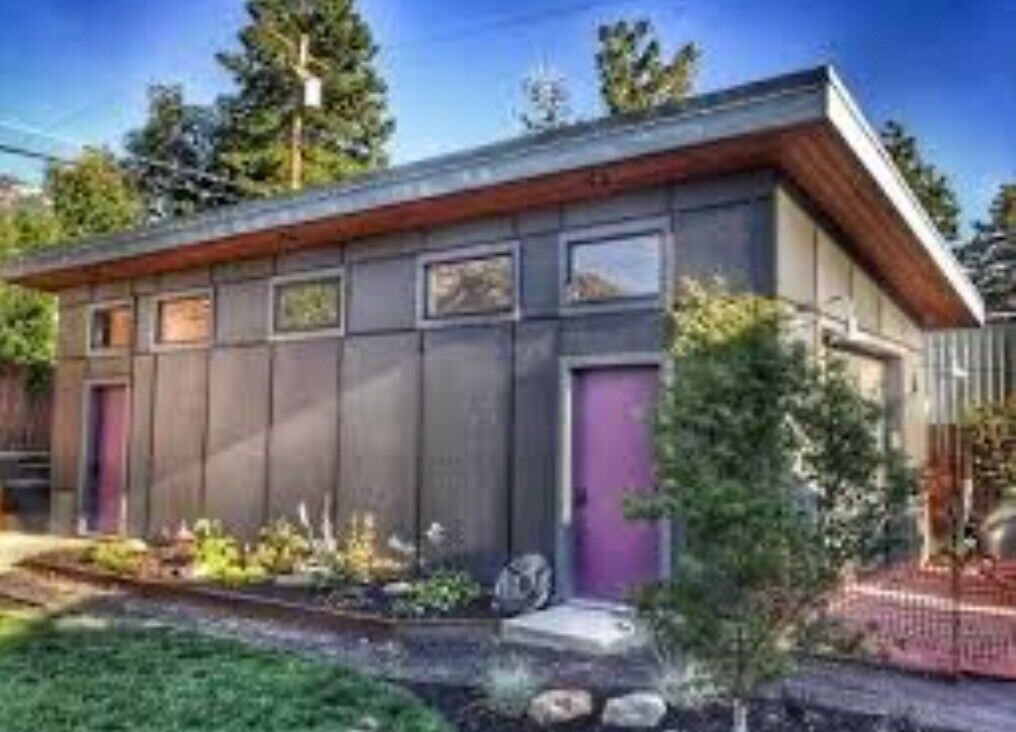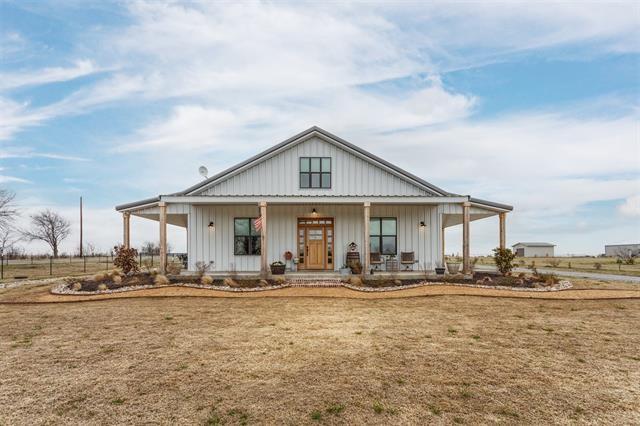
It's a great way for plants to be grown year round by turning your garage into an greenhouse. You can also save your favorite plants for next year. However, you will need to do some planning. Your greenhouse will need the proper lighting, space and temperature control. This is how you can grow an impressive crop fresh greens, herbs, or tomatoes.
First, you need to measure your space. Although you may need to purchase a thermometer, once you know the ideal temperature for your plants, you can maximize the space that you have. Some plants are more sensitive if they are exposed to cold than others. For instance, certain fruits and vegetables are more tolerant to cold than others. Root vegetables, however require warmer temperatures.
Next, consider the type of plants you want to grow. You must give each plant the space it needs to grow and flourish. Additionally, you will need to find out how much water it will need. Every plant needs different amounts of water each day so plan accordingly.

You might want to install a glass window or door if you have a garage that has a glass wall. This will let in more light and keep your plants protected from harsh winter weather. For fish farming, an aquaponics system may be a good option. The same system is also useful for growing produce all year.
You might also want to build a misting system. Misting your garden regularly is a great way for plants to stay healthy. However, this is not the only method. A greenhouse can be an excellent way to protect your plants from the elements and keep them in check.
Another option is to use plastic sheets. Plastic sheets can also be used to create a greenhouse, making them ideal for planting seedlings. They can block air drafts which allows for a perfect temperature for your plants. They can also be used as reflectors to capture heat and light from your lights.
Lastly, you will need to give your greenhouse the proper ventilation. It is best to frame vents into garage walls. When you do this, your greenhouse will be at the perfect temperature year-round.

There are many ways to convert your garage into a greenhouse. You can also make a raised bed greenhouse. With some research you can turn your garage into something beautiful and useful. It's easy to create a garage greenhouse.
Whether you are looking to grow vegetables, herbs, or even aquaponic greens, there is a garage greenhouse out there for you. These are the steps to make your greenhouse stand out.
The key to making your garage a greenhouse is to be armed with the right tools. A space heater might be required depending on the local climate. You may only require a few lights.
FAQ
What should I do about my cabinets?
It all depends on if you are thinking of selling or renting your home. You'll need to remove the cabinets and refinish them if you plan to sell. This gives buyers the impression that they're brand new and helps them envision their kitchens after moving in.
If you are looking to rent your house, it is best to leave the cabinets as-is. Many renters complain about the dishes that are dirty and the greasy fingerprints left by tenants.
You could also paint the cabinets to give them a fresh look. Use a high-quality primer. Low-quality primers and paints can crack easily.
How long does it take for a bathroom remodel?
Two weeks is typical for a bathroom remodel. This can vary depending on how large the job is. You can complete smaller jobs like adding a sink or vanity in a few days. Larger jobs, like removing walls, installing tile floors and fitting plumbing fixtures, may take several days.
A good rule of thumb is to allow three days per room. For example, if you have four bathrooms you would need twelve days.
Is $30000 sufficient for a kitchen remodeling project?
A kitchen remodel costs anywhere from $15000 up to $35000 depending on what you are looking for. You can expect to spend more than $20,000. If you are looking for a complete overhaul of your kitchen, it will cost more. For less than $3000, you can update appliances, add lighting, and replace countertops.
Full-scale renovations typically cost between $12,000 and $25,000. But there are ways to save money without compromising quality. You can replace an existing sink with a new one for around $1000. You can also purchase used appliances at half of the cost of new.
Kitchen renovations take more time than other types. So plan accordingly. You don't want to start working in your kitchen only to realize halfway through that you're going to run out of time before completing the job.
It is best to start early. Begin to look at your options and get quotes from several contractors. Then, narrow down your options based upon price, quality, availability.
Once you have identified potential contractors, request estimates and compare their prices. The lowest-priced bid isn't always the best choice. It's important that you find someone with similar work experiences who can provide a detailed estimate.
Be sure to take into account all additional costs when you calculate the final cost. These might include extra labor costs, permit fees, etc. Be realistic about what you can afford and stick to your budget.
Tell the contractor if you don't like any of the bids. If you don’t like the first bid, let the contractor know and offer to give it another chance. Don't let your pride prevent you from saving money.
Why remodel my home when I can buy a brand new house?
Although it is true that houses become more affordable every year, you still pay for the same area. Although you get more bang, the extra square footage can be expensive.
A house that isn't in constant maintenance costs less.
Remodeling can save you thousands over buying a new house.
You can transform your existing home to create a space that suits you and your family's lifestyle. You can make your home more comfortable for you and your family.
What would it cost for a home to be gutted versus what it would cost to build one?
Gutting a home involves removing everything within a building including walls and floors, ceilings as well as plumbing, electrical wiring, appliances, fixtures, and other fittings. It's usually done when you're moving into a new place and want to make some changes before you move in. It is often very costly to gut a home because of all the work involved. The average cost to gut home ranges from $10,000 to $20,000, depending on your job.
Building a home means that a builder constructs a house piece by piece, then adds windows, doors, cabinets and countertops to it. This is done usually after purchasing lots. Building a home is typically cheaper than renovating, and usually costs between $15,000-30,000.
It all comes down to what you want to do in the space. You will probably have to spend more to gut a house. However, if you want to build a home, you won't have to worry about ripping everything apart and redoing everything. Instead of waiting for someone else, you can build it how you want.
What is the cost of remodeling a kitchen or bathroom?
Remodeling a bathroom and kitchen can be costly. It might be more cost-effective to upgrade your home than you think, given how much you spend each month on energy bills.
You could save thousands each year by making a small upgrade. A few easy changes like adding insulation to ceilings or walls can reduce heating/cooling costs by as much as 30%. Even a small improvement can make a difference in comfort and increase resale.
It is essential to remember that renovations should be done with durable, easy-to-maintain materials. Solid wood flooring, porcelain tile, and stainless steel appliances last longer than vinyl and laminate countertops and require less maintenance.
You might also find that replacing old fixtures by newer models can reduce utility expenses. By installing low-flow faucets, you can lower your water usage up to half a percent. You can reduce your electricity consumption by replacing inefficient lighting bulbs with compact fluorescent lights.
Statistics
- 57%Low-end average cost: $26,214Additional home value: $18,927Return on investment: (rocketmortgage.com)
- Following the effects of COVID-19, homeowners spent 48% less on their renovation costs than before the pandemic 1 2 (rocketmortgage.com)
- About 33 percent of people report renovating their primary bedroom to increase livability and overall function. (rocketmortgage.com)
- $320,976Additional home value: $152,996Return on investment: 48%Mid-range average cost: $156,741Additional home value: $85,672Return on investment: (rocketmortgage.com)
- According to a survey of renovations in the top 50 U.S. metro cities by Houzz, people spend $15,000 on average per renovation project. (rocketmortgage.com)
External Links
How To
How to Install Porch Flooring
While installing porch flooring is straightforward, it takes some planning. It is best to lay concrete slabs before you install the porch flooring. But, if you don’t have the concrete slab available, you could lay a plywood board deck. This allows you install the porch flooring easily without needing to make a large investment in a concrete slab.
Secure the plywood (or subfloor) before you start installing porch flooring. To do this, you must measure the width of the porch and cut two strips of wood equal to the porch's width. These should be laid along the porch's sides. Then, attach the strips to the walls by nailing them in place.
Once you have secured the subfloor, you will need to prepare the space where you want to install the porch flooring. This involves typically cutting the top layer from the floorboards to fit the area. Then, you must apply a finish to the porch flooring. A polyurethane is a common finish. Staining porch flooring is also an option. Staining your porch flooring is much simpler than applying a final coat of paint. After the final coat has been applied, you will only need to sand it.
Once these tasks have been completed, you can finally put the porch flooring in place. Begin by marking the location for porch flooring. Next, measure and mark the location of your porch flooring. Set the porch flooring on its final place, and secure it with nails.
If you want to increase the stability of your porch flooring's floor, you can install porch stairs. Porch stairs, like porch flooring are usually made of hardwood. Some people prefer to put their porch stairs up before they install their porch flooring.
After you've installed the porch flooring, it's time for you to complete your project. You first have to take out the old porch flooring and put in a new one. Then, you will need to clean up any debris left behind. Make sure to clean up any dirt and dust around your home.